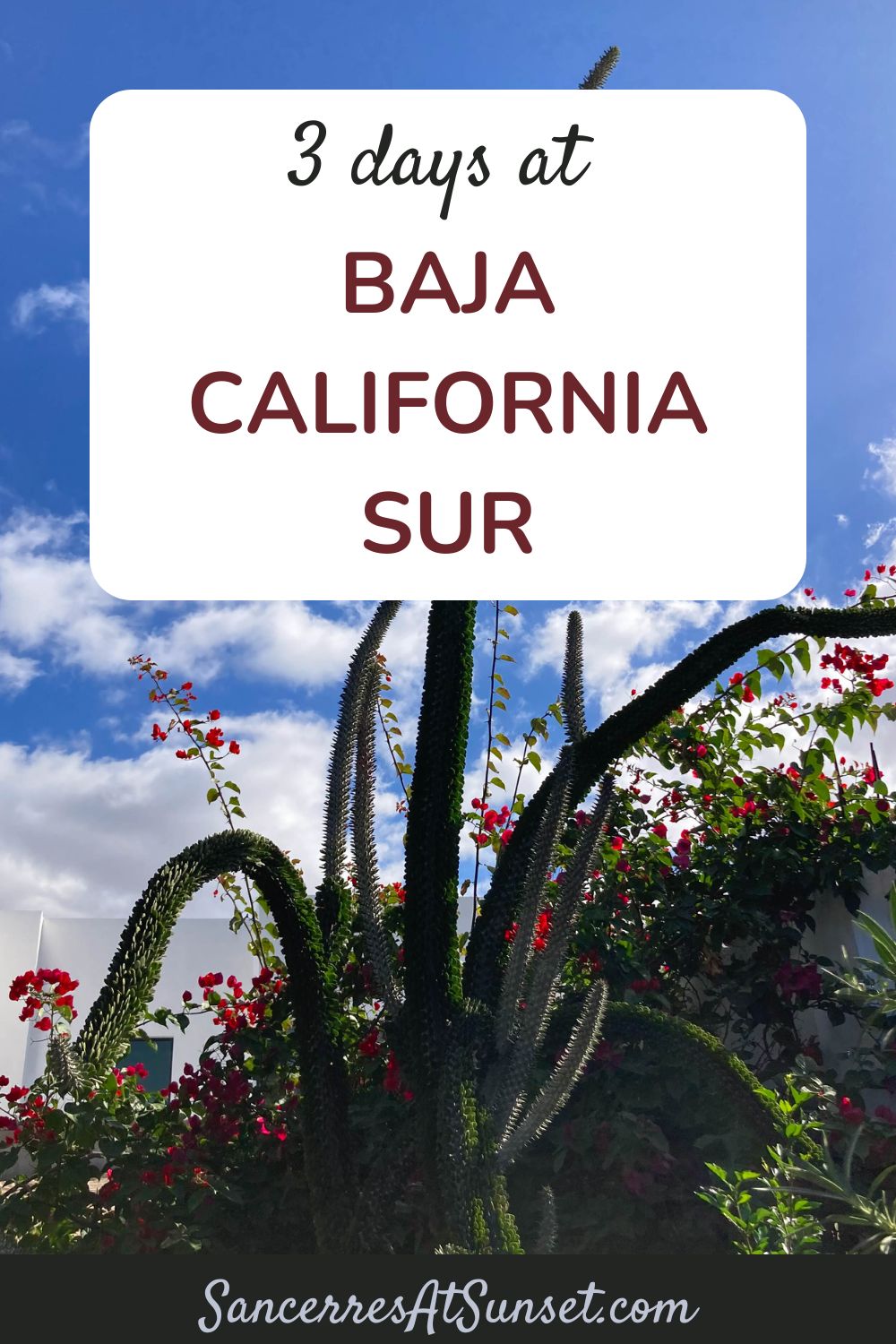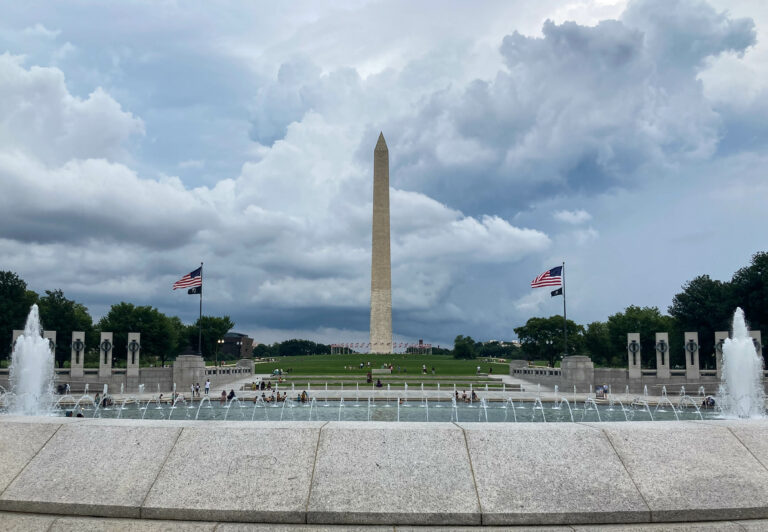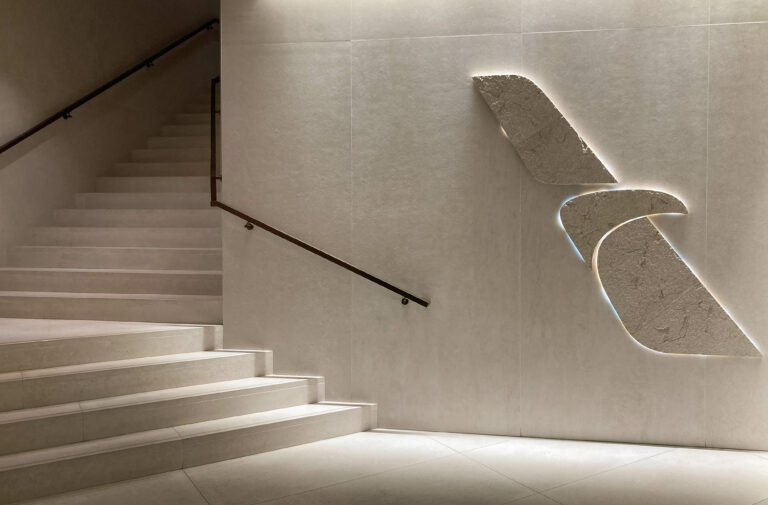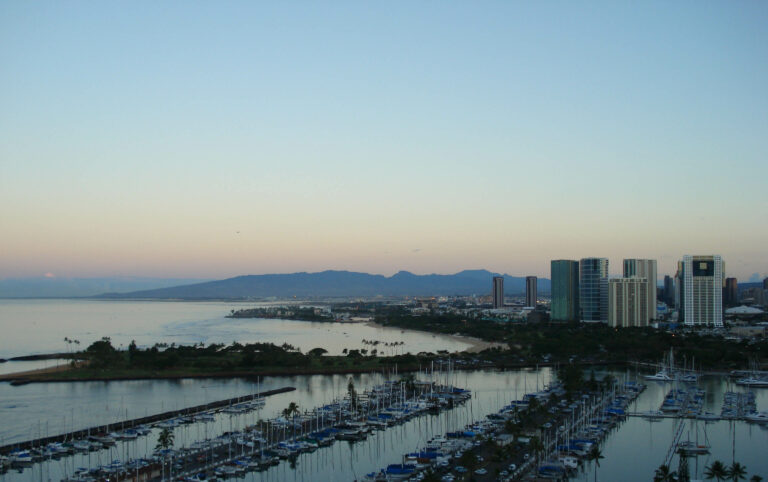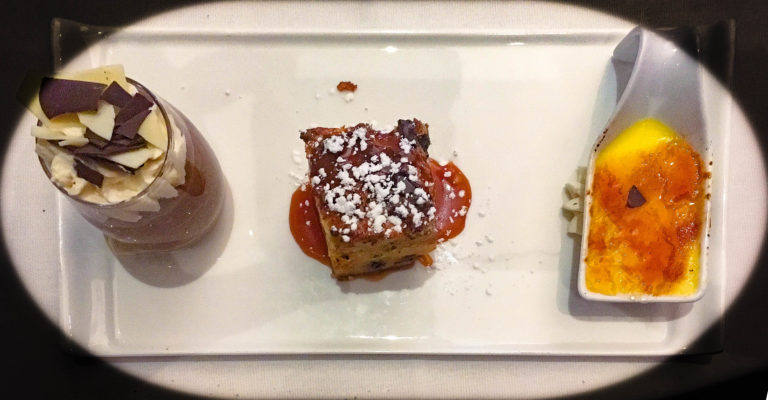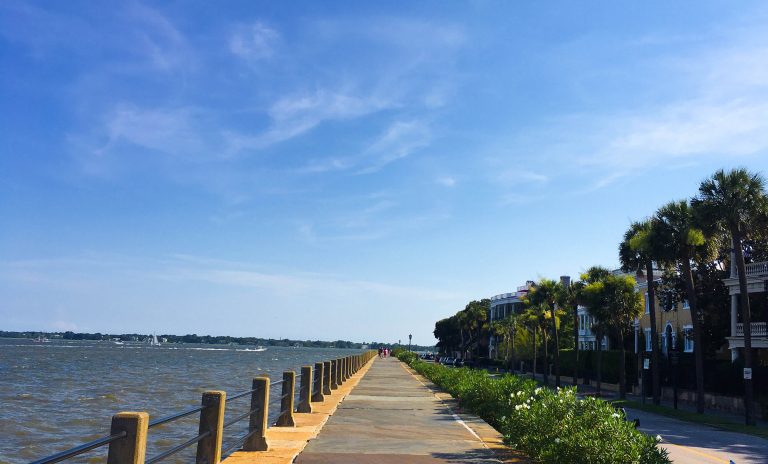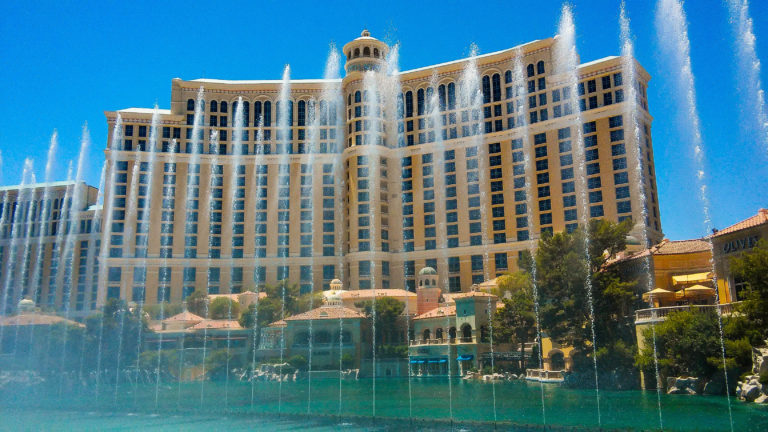Three Days at Baja California Sur
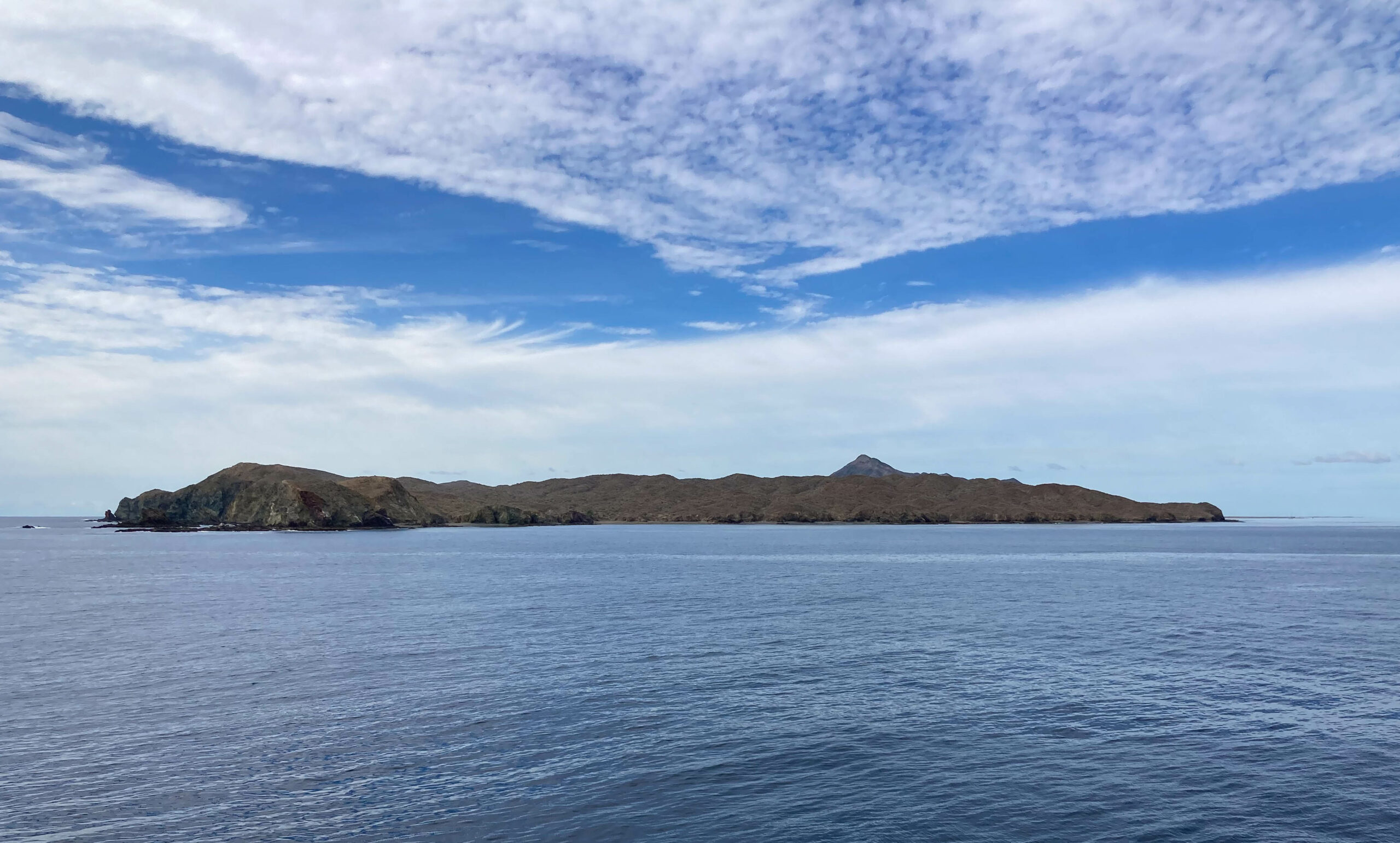
Dolphins leapt up and out of the placid blue waters, looking as playful as children on swings. A few whales breached. Even a couple of sea lions porpoised.
This post contains affiliate links. For more information, click here.
My travel companions and I were at the bow on Verandah Deck 6 of Holland America‘s ms Volendam. Just above us at the Bridge on Navigation Deck 7, cruise director Daniel Edward narrated our brief tour of Bahia Magdalena.
Bahia Magdalena is a long bay off the coast of Baja California Sur, a state covering the southern area of Mexico‘s Baja California, the peninsula immediately south of the American state of California. The bay is sheltered from the Pacific Ocean by two barrier islands — Isla Magdalena and Isla Santa Margarita.
Volendam had been cruising south from San Diego for two days. She’s a smaller ship than ms Nieuw Statendam, on which we’ve enjoyed two Caribbean cruises, but she had two notable advantages over the larger vessel: first, a big fabulous library with lots and lots of books to explore and, second, the ability to maneuver in and out of tight waterways like Bahia Magdalena. And so we happily spent a couple of hours at her bow watching for marine life to leap up and out of the blue waters.
When the ship sailed southward out of the bay, we headed back inside to enjoy quiet evening. After a good night’s sleep, we arrived in the morning at our first port of call.
Cabo San Lucas
Cabo San Lucas is a city at the southernmost tip of Baja California. It doesn’t have a deep-water pier, so we had to ride a tender, one of Volendam‘s lifeboats temporarily repurposed to ferry us to dry land. From there, we boarded another boat for a morning of more whale-watching.
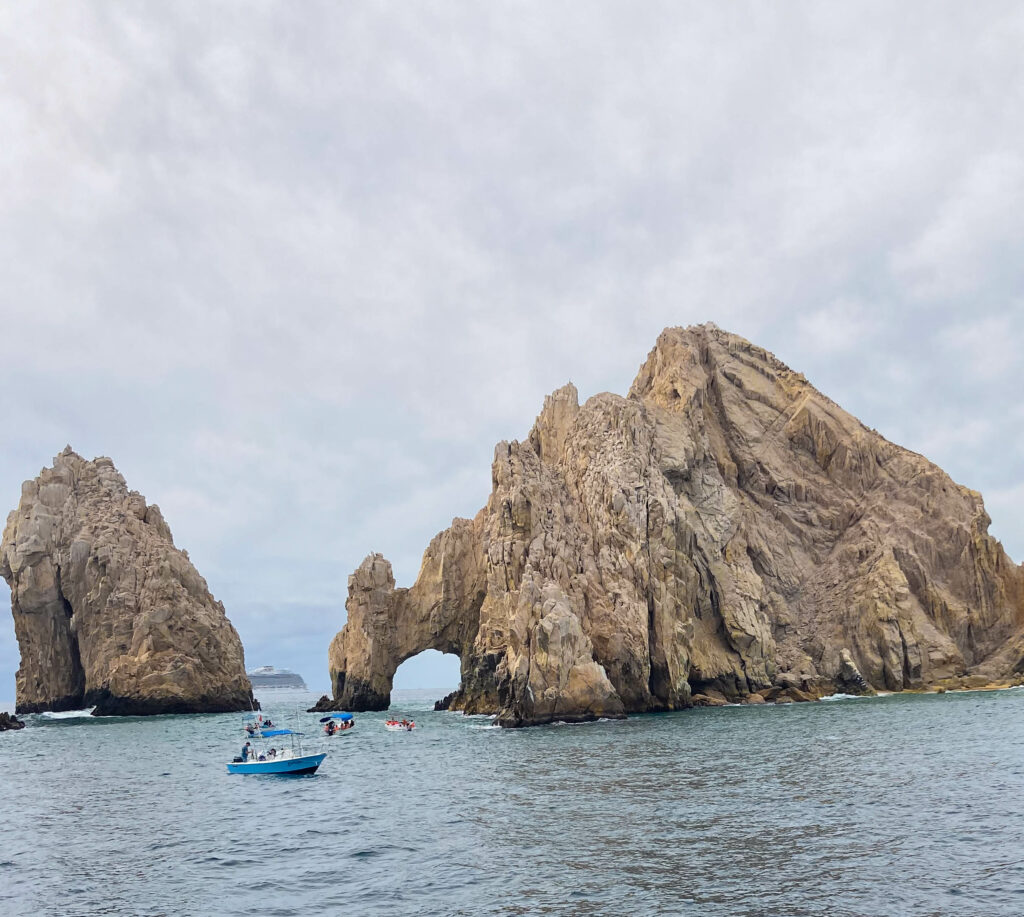
The geology of the area is stunning. Granite rocks soar up from the waters. Most distinctive is the Arch, which was formed by natural erosion at the spot where the Pacific Ocean meets the Sea of Cortéz, the long gulf that separates Baja California from mainland Mexico, named for Hernán Cortéz, the Spanish explorer who conquered the Aztec Empire during the early 16th century. And we saw more whales.
After the boat ride, we headed into town to find a spot for lunch. We chose John’s Place, a crowded pub with good chips and fresh tortillas, guacamole, and pico de gallo.
Then we strolled back toward our ship, through the touristy town, dodging vendors asking us to purchase items like sunglasses, silver/turquoise jewelry, and our photo with an iguana.
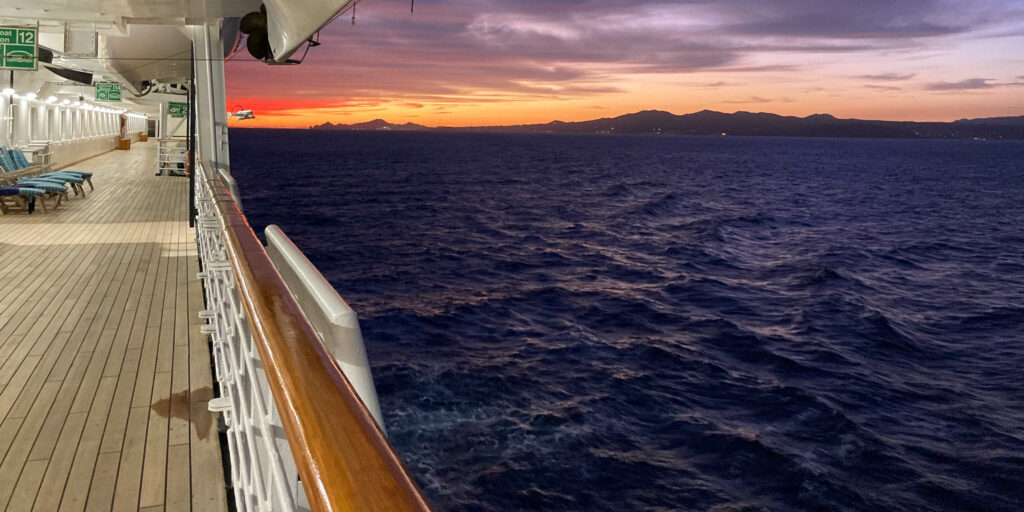
We spent another quiet evening aboard Volendam, enjoying bar trivia at Mix, a lounge on Upper Promenade Deck 5, and a spectacular sunset. We slept well as the ship sailed northward up the Sea of Cortéz toward our next stop.
La Paz
Technically, Volendam didn’t dock at La Paz, because the city doesn’t have a large port. We docked at Pichilingue, about 12 miles north of La Paz, and boarded a bus for our day in the capital city of Baja California Sur.
Spanish conquistadores landed at modern-day La Paz in 1535. There’s plenty for today’s travellers to explore. The Regional Museum of Anthropology and History introduces visitors to the Baja Peninsula, from its prehistoric indigenous cultures to the Mexican Revolution, a complicated series of armed conflicts and coups that transformed the country from a dictatorship to a constitutional republic during the early 20th century. A Whale Museum teaches about the different species of whales that migrate to Mexico’s Pacific Coast every winter, as well as sharks, sea lions, turtles, and other marine life.
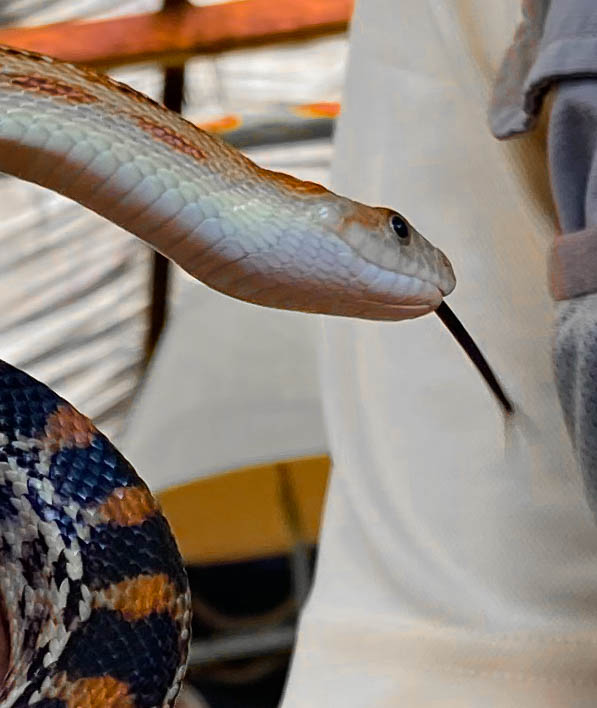
My companions and I opted for El Serpentario: Wild Animal Rehabilitation Center and Cactus Nursery. Our visit began with an engaging presentation of some of the species native to the area, including snakes, spiders, and an earthworm lizard.
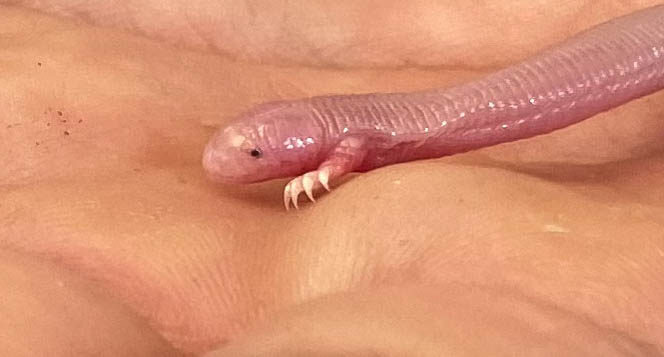
Then we roamed around on our own, finding fauna like a magnificently patterned tortoise. We also visited the aviary, and were swarmed by dozens of small colorful birds. And the cacti were spectacular.
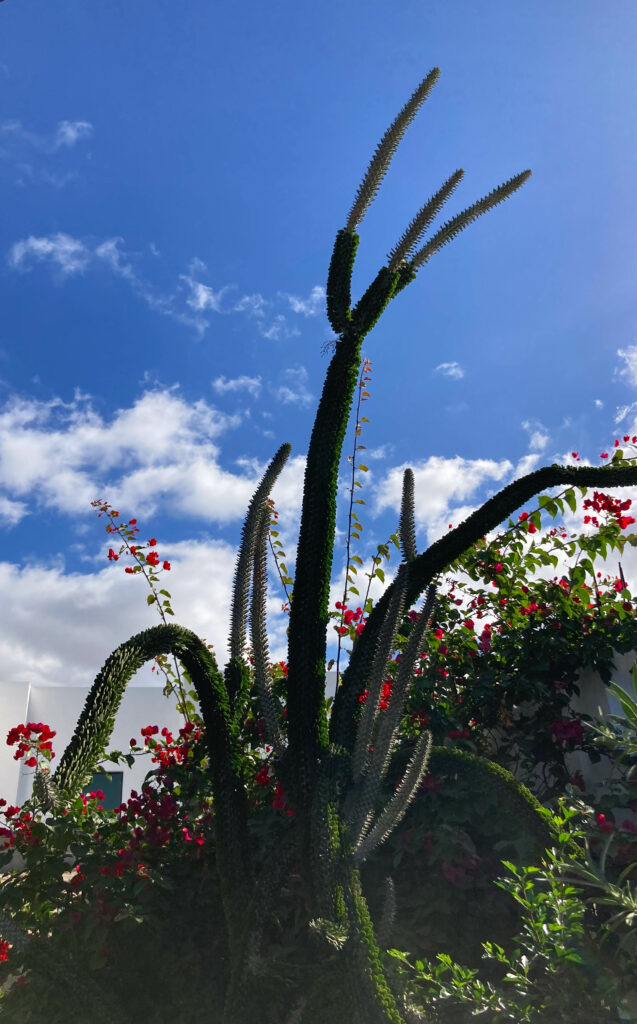
From El Serpentario, we rode a bus back to the center of La Paz. We stopped for lunch at El Bismark-cito. This open-air restaurant sits across from the beach, is known for its fish tacos, and displays a painting of the German battleship Bismarck on one of its brick walls.
After lunch, we strolled uphill to visit Our Lady of Peace Cathedral. The limestone church was built during the 19th century. Its neoclassical exterior boasts beautiful twin bell towers. The interior features baroque altarpieces, stained-glass windows, and lovely flowers.
After exploring the cathedral we headed back toward the beach for a walk on the malecón, a paved promenade along the waterfront.
Then we caught a bus for the ride back to Pichilingue and Volendam, where we enjoyed another lovely evening. We played trivia again, caught a splendid moonrise, and enjoyed a lovely piano/violin duet featuring one of my favorite pieces, Maurice Ravel’s Bolero. As we slept, Volendam cruised north toward our last port in Baja California Sur.
Loreto
Loreto was my favorite port of the cruise. It was the least touristy of the Baja cities we visited. And it has intriguing colonial history.
During 1768-77, Loreto was the original capital of the Spanish Province of Las Californias, which included Baja California, the modern-day United States of California, Nevada, and Utah, and parts of today’s Arizona, Colorado, and Wyoming.
The cultural highlight of the city is Our Lady of Loreto Mission. During the late 17th through the early 19th centuries, Spanish priests founded dozens of missions throughout Baja and the modern-day state of California. The purpose of these missions was to convert the native inhabitants to Christianity.
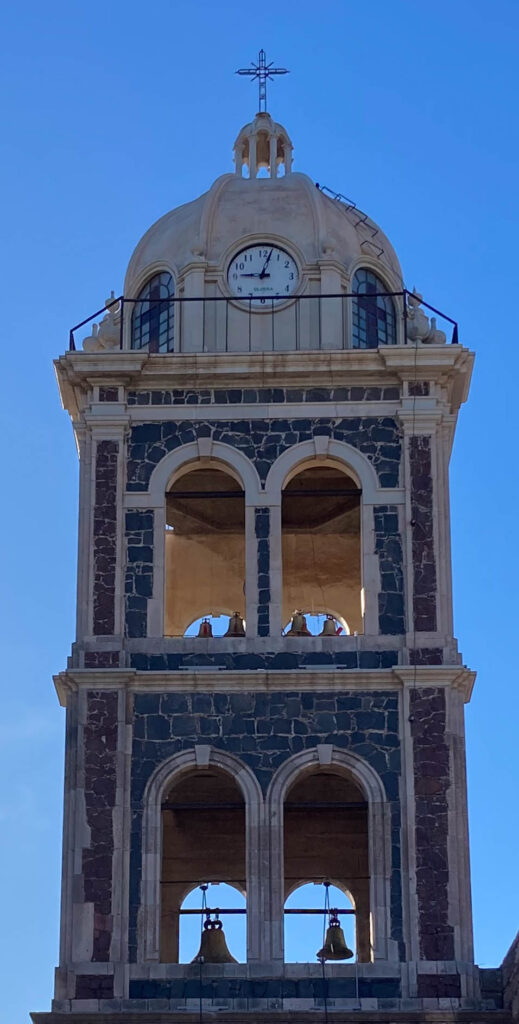
Our Lady of Loreto is the first of these missions to last. It was established in 1697 with a small chapel. A still-standing stone church was completed in 1744; its off-center bell tower was added during the 1950s. There is also a courtyard.
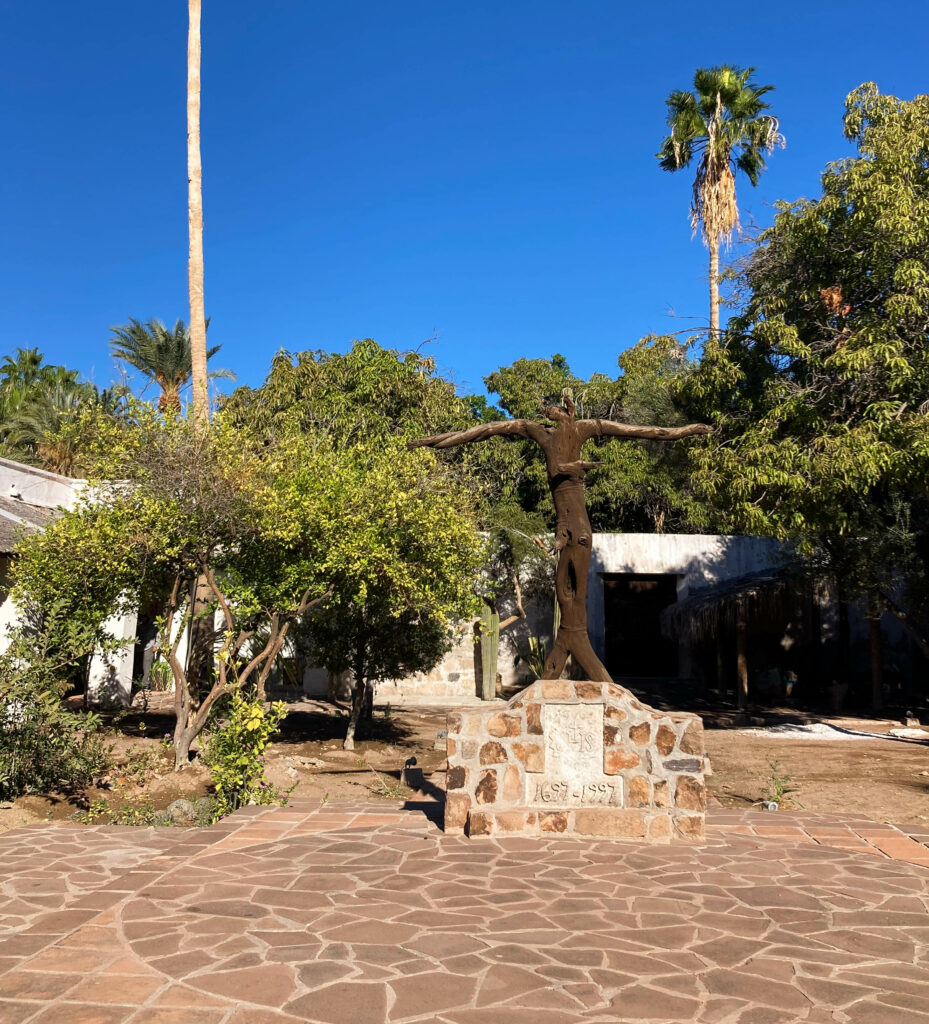
The mission is the first stop on El Camino Real, the road that connected all the missions in Baja and the modern-day state of California, from Loreto to Sonoma.
Its storage building now houses the Museum of Baja California Missions. It displays more than 300 artifacts related to daily life in colonial Baja, including tools, saddles, and a rudimentary sugar mill.
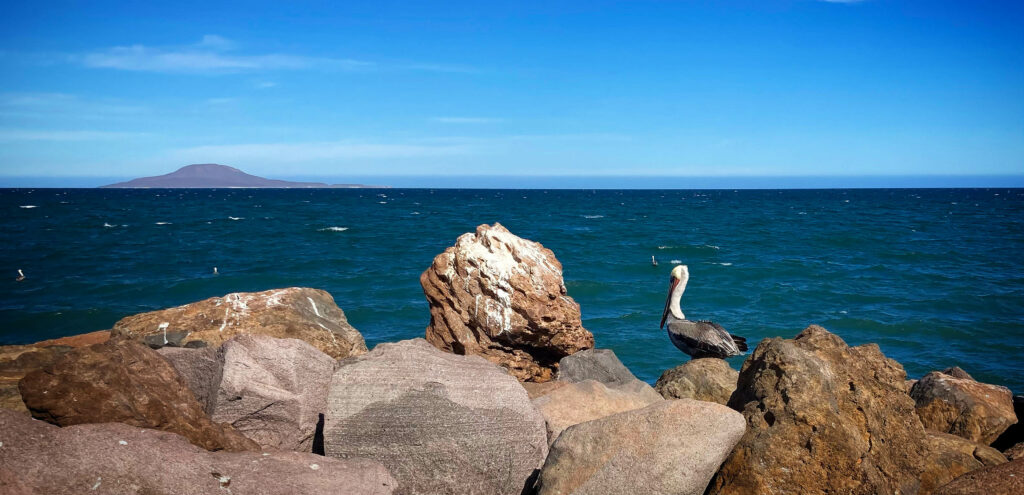
After exploring the mission and museum, we strolled back to the beach, where we saw lots of shore birds.
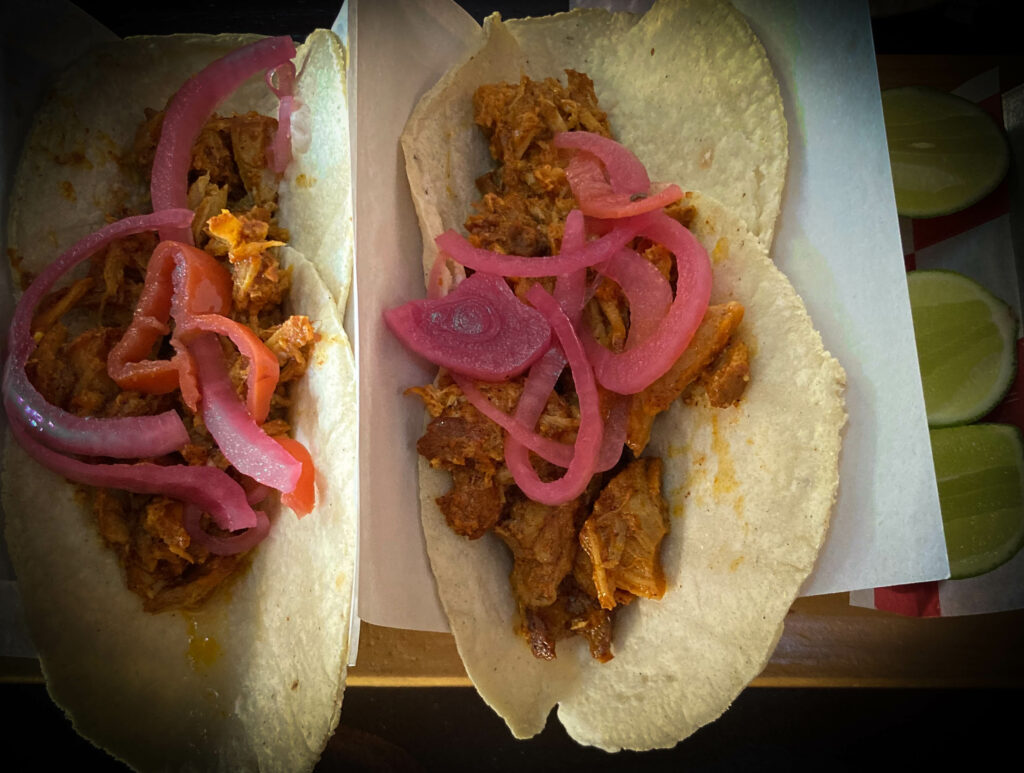
Then we headed for lunch at El Zopilote. This brew pub was the site of the best meal of the cruise. We had cochinita-pibil tacos, and they were fabulous. Cochinita pibil is a Yucatan dish of marinated and slow-roasted suckling pig. The chips and guacamole were also good. And I washed it down with blood-orange beer.

On our way back to the port, we stopped at the City Hall, where the atrium is decorated with colorful murals depicting people of the past, like a native princess.

We did have one more minor adventure. As we rode in the tender back to Volendam, the sea was rough, and all of a sudden a big wave drenched several passengers. But we made it safely back in plenty of time to dry off before trivia.
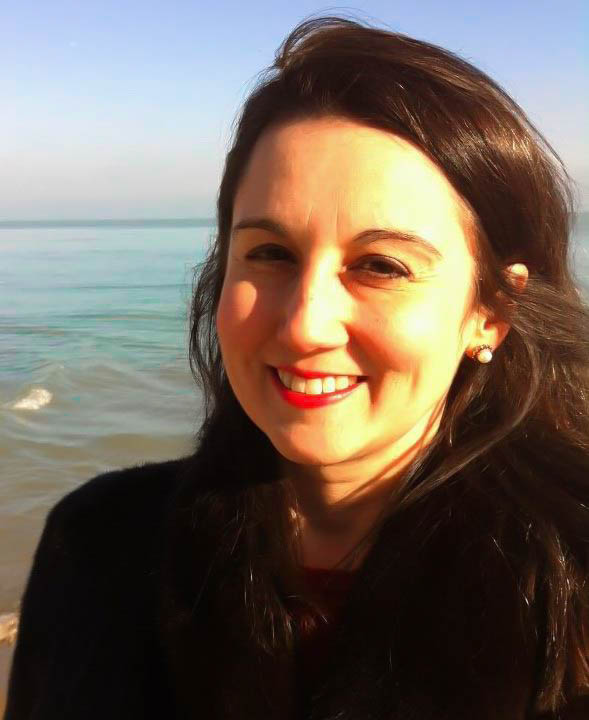
After my misspent youth as a wage worker, I’m having so much more fun as a blogger, helping other discerning travellers plan fun and fascinating journeys. Read more …
